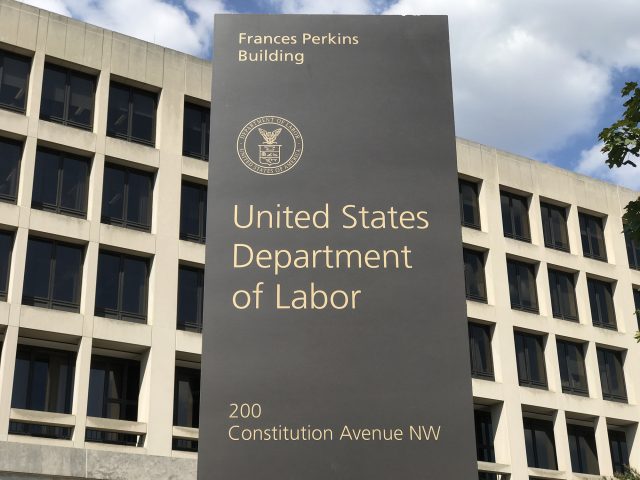
New Labor Department Rule on Multiple Employer Plans Changes Little
Alicia H. Munnell is a columnist for MarketWatch and senior advisor of the Center for Retirement Research at Boston College.
Proponents need legislation to expand access.
Changes to multiple employer plans (MEPs) are moving forward on two fronts – one legislative and one regulatory. While both efforts are designed to make MEPs more accessible for small employers, the proposed legislative changes far exceed the final rule recently released by the U.S. Department of Labor (DOL).
As a reminder, MEPs allow employers to form a pooled 401(k) retirement plan, offering benefits through the same administrative structure but with generally lower costs and less compliance burden than if each employer offered a separate plan. Current law, however, discourages the formation of MEPs in two ways. First, as a consumer protection measure, the DOL requires that the plans “are tied together” by “genuine economic or representational interests.” Second, within a MEP, each plan is separately tested for compliance with coverage and nondiscrimination provisions, and a violation of these rules by one employer can disqualify the entire plan. As a result of these factors, MEPs are not very common today.
In August 2018, President Trump signed an Executive Order directing the DOL to consider issuing regulations to make it easier for businesses to participate in a MEP. The President also directed the Treasury to address the “one-bad-apple rule.”
DOL issued proposed regulations in October 2018 and in July 2019 issued its final rule clarifying who could sponsor a MEP. Essentially, the plans could be offered by associations of employers in a city, county, state or a multistate metropolitan area or in a particular industry nationwide. Professional employer organizations, which are human resources companies that contractually assume certain employment responsibilities for their client employers, could also sponsor plans. The rule also clarified that employers in MEPs continue to have some responsibilities such as prudently selecting and monitoring the MEP sponsor.
The IRS with regard to the “one-bad-apple rule” in early July 2019 proposed an exemption for non-offending employers if certain conditions are met, such as the disqualifying employer being unable or unwilling to correct the problem or to provide information.
While the new DOL rule may be clarifying, it does not make it possible for two unrelated employers to go into a plan together — unless they belong to a sponsoring association in the same area — nor does it allow financial services firms to set up a multiple employer plan and start marketing it. As such, these regulatory changes fall way short of the broader expansion of MEPs sought by the financial services industry.
Such changes are included in the SECURE Act, which passed the House in May and is currently under consideration in the Senate. This legislation would make it much easier for small employers to join a so-called “Open MEP” by removing the requirement for a common bond. It would also allow financial institutions to operate MEPs. (Interestingly, the DOL in July sought comment on whether if should allow financial institutions to run a MEP.) And it would get rid of the “one-bad-apple rule.”
As a non-lawyer, it seems like the DOL feels it cannot go much further without a change in the law. The net effect of all this hoopla about MEPs is unclear. Proponents argue that it will greatly expand coverage. My sense is that any effect is likely to be modest.







